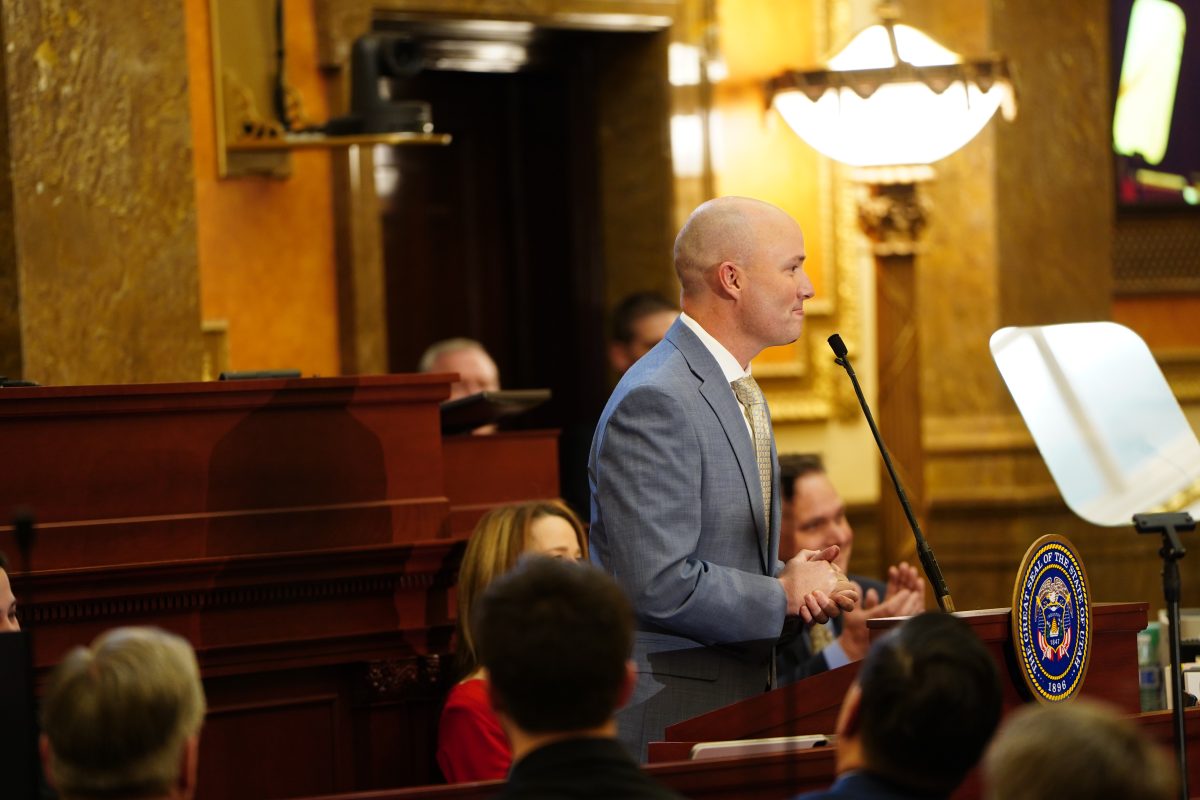
Flashback to 1969 – a fateful day on July 20, some of you sitting anxiously in front of the television, holding your breath for man to reach the moon. For others, it’s something you’ve only heard about.
Now, 45 years later, we remember the day the first manned lunar mission successfully made it to the moon.
The NASA program was the first feat achieved by the United States of America. It resulted in beating the Soviet Union in the space race. It was an effort to which both superpowers devoted countless hours and resources.
The famous spacecraft to carry three astronauts to the moon was the Apollo 11, which launched from the Kennedy Space Center in Florida on July 16, 1969 and landed back on this planet in the Pacific Ocean July 24.
Only three astronauts were aboard the spacecraft: Neil Armstrong, Edwin (Buzz) Aldrin Jr. and Michael Collins. Collins stayed in the spacecraft to help command the misson while Armstrong and Aldrin ventured out into the lunar environment.
Armstrong took the first step, uttering the all-famous line of, “That’s one small step for man, one giant leap for mankind.” A lesser-known fact is that this was not the planned line – it was misspoken, meant to be “That’s one small step for a man, one giant leap for mankind.”
Aldrin described the view as “magnificent desolation”, also commenting on the plentiful, fine powder covering the landscape.
Together, Aldrin and Armstrong explored the lunar surface for almost 22 hours, collecting 475 pounds of material from the moon to analyze back on Earth.
Although this event happened during Richard Nixon’s presidency, it was one of John F. Kennedy’s original goals from 1961.
The Apollo 11 was composed of three compartments – living quarters in which the astronauts stayed, a service section carrying supplies, and a lunar module specialized for moon landing.
The lunar module, referred to at the “Eagle,” was left in orbit, believed to have later crashed into the moon. Only the living commons were brought back to Earth.
Skeptics have yet to be convinced this lunar landing, or any others, ever occurred.
They pick on points from NASA’s pictures, arguing that the shadows don’t fall correctly – they aren’t parallel to one another – considering the only light source on the moon should be the sun. A Mythbusters episode challenges this, reenacting the scene with replicated object placements and discovering the shadows would indeed lie as they do in the photographs.
Also, challengers say the American flag should not have looked like it waved after the astronaut planted it because there was not enough atmosphere on the moon to harbor wind. NASA excused this by crediting the movement to the property of inertia, countering that the initial movement of unfurling the flag caused it to wave later.
Since the fateful day of the lunar landing, mankind has made even further advancements into space.
In 1971, Americans sent the first probe to Mars. The contraption managed to map out the entire surface of the planet within one year.
Just five years later, waterfrost was discovered on Mars – very exciting to some because it meant the potential of life.
In the 1990s, the Hubble Space Telescope was launched and the International Space Station was submitted into orbit.
After the 2012 Mars Rover expedition, efforts are being made to send a team over to begin colonizing the planet.
Looking through the years from the first space shuttle launch to studying comets and asteroids, one of the first big steps in reaching for the stars started at the moon.



